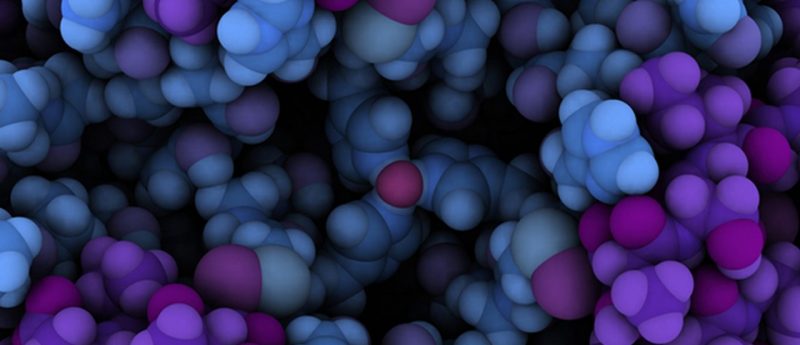Poster: A sub-picogram quantification method for Desmopressin in plasma using the AB SCIEX Triple Quad™ 6500 System

A high-throughput method for detecting ultra-low levels (0.5 pg/mL) of a therapeutic peptide in human plasma using an AB SCIEX Triple Quad™ 6500 LC/MS/MS System and UHPLC Chromatography.
The quantitative determination of therapeutic peptides to support pharmacokinetic and toxicokinetic studies can sometimes be challenging. Poor MS/MS sensitivitycombined with poor selectivity fragments can compromise the desired lower limits of quantitation (LLOQ). In addition, the adsorptive properties and/or polarity of peptides can compromise recovery, and interferences from biological matrices can negatively impact sensitivity and selectivity. In such cases, MRM approaches – even when combined with efficient UPLC separations—may not be sufficient to provide adequate signal-to-noise ratios at LLOQ in the presence of isobaric interferences or high baseline noise.
Differential ion mobility spectrometry (DMS) may provide a useful tool in such instances by providing an additional, orthogonal degree of selectivity. Although DMS analysis is often accompanied by a loss in absolute sensitivity, the gains in selectivity may be sufficient enough to realize real gains in the LLOQ. Alternatively, selectivity gains from DMS may permit a less selective sample preparation to be used, while still delivering overall improvements in sensitivity due to improved extraction recovery.
This poster presents two case studies were the SelexION™ Differential Mobility Separation Device was evaluated for the quantitation of therapeutic peptides. Selectivity, sensitivity and precision of peptide measurements obtained in experiments with and without DMS were compared. The potential benefits and limitations of the technique are discussed.
